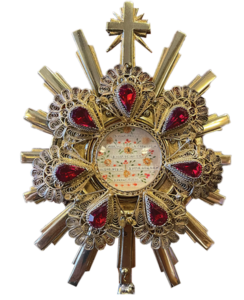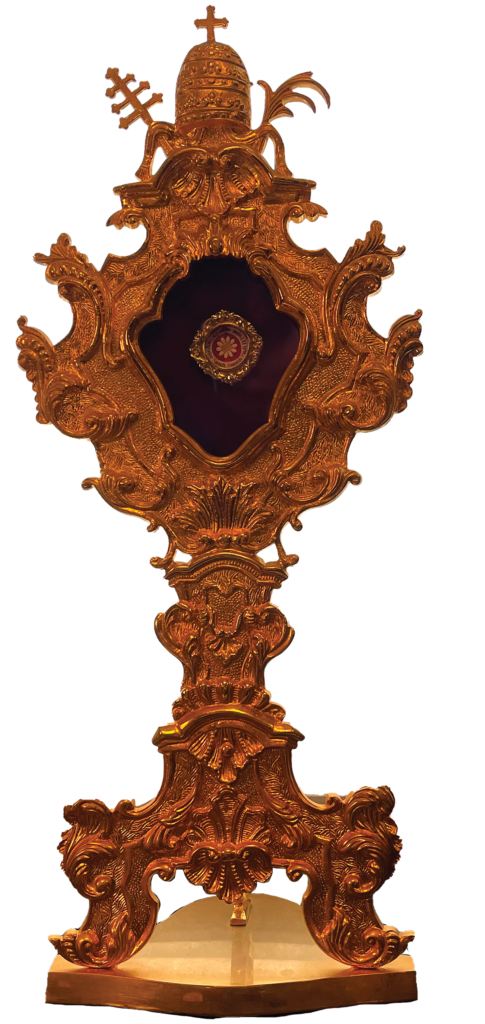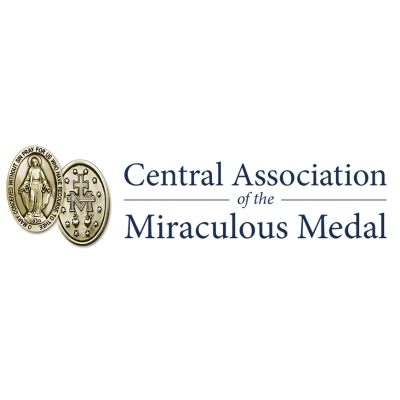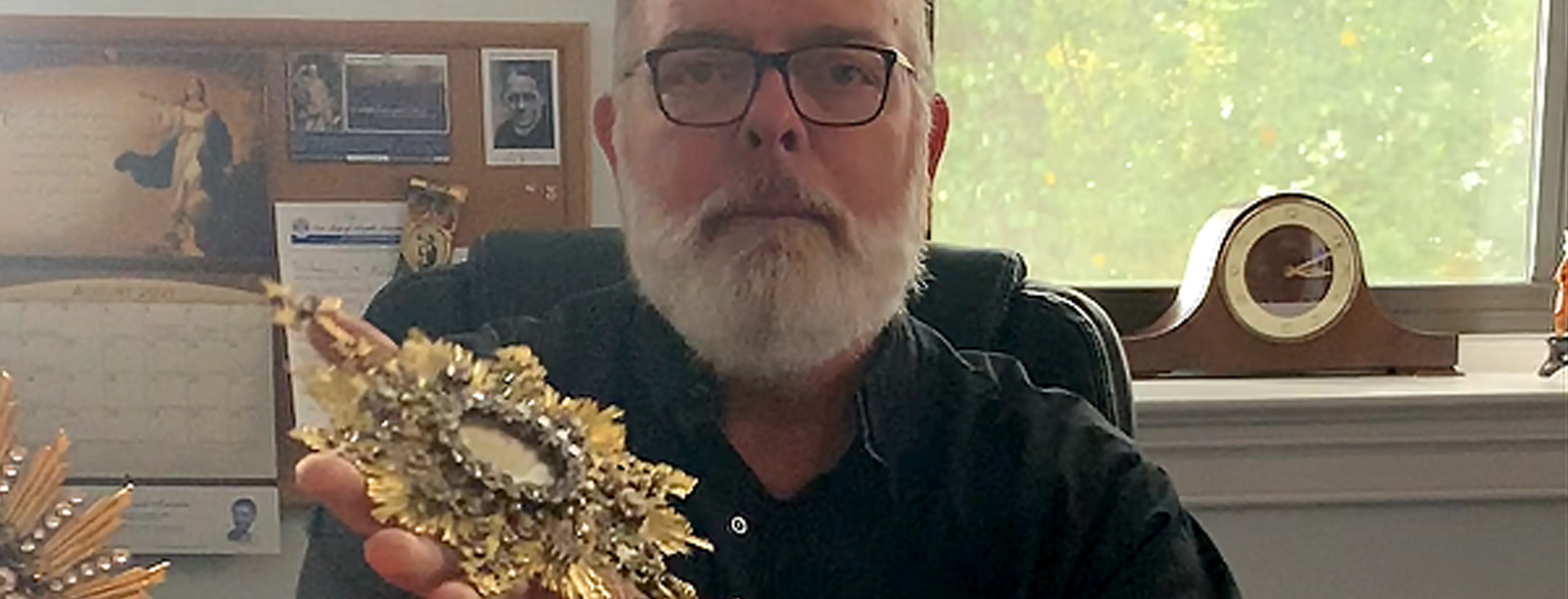Out of the Past
Out of the Past: Relics at the Shrine
Did you know: The small round container enclosing the relic is called a theca. It is bound by red thread and sealed with red wax bearing the insignia of the religious authority authenticating the relic. The ornamental container displaying the relic is called a reliquary.

Relics. For some people, the word evokes a gruesome, ancient practice.
For others, images of favorite saints come to mind. Are they a morbid fascination with death? Antiques reminiscent of bygone days? Or are they sacred objects that can add meaning to one’s daily life?

The term comes from the Latin word reliquiae, which means “remains.” Miracles stemming from relics date back to the Old and New Testaments. Think of the bones of Elisha the Prophet bringing a dead man back to life.1 In the New Testament, we see the sick being cured by merely laying in St. Peter’s shadow2 or by handkerchiefs that touched St. Paul.3 Then there’s the woman with a hemorrhage who was immediately cured upon touching Jesus’ cloak.4
Yes, it’s easy to dismiss that last example. After all, the Second Person of the Trinity was wearing the cloak. But His response to her shows there is something deeper going on. In essence, her faith touched His “power” (some translations read “virtue”).5 That’s what relics are about: our faith in the power of Jesus—working through the saints.
Did you Know: According to the Code of Canon Law (1190), selling relics is strictly prohibited. Relics are the earthly remains of people who lived—and frequently died—for the faith, which can never be treated as consumer goods.
Relics aren’t magical, yet they are reminders of one’s purpose in life and how to imitate the saints to grow in holiness. Through the long, arduous process of canonization, the saints were recognized for lives of heroic virtue, and the miracles granted through their intercession attest to their being in the presence of God.

The early Christians rescued the remains of the martyrs and buried them in catacombs. Masses were held at their tombs, where the bodies and courage of these witnesses were honored. After the Edict of Milan, when Christianity was no longer punishable by death, churches were built, and the remains of the martyrs were moved to the altars (this was referred to as the “translation” of the relics). At the Second Council of Nicaea,6 the Church decreed that every altar should contain a relic. Today, that decree is still intact in Canon Law (1237.2), and to ensure the relics are genuine, a certificate of authenticity, signed by an ecclesiastical authority, is required.
Did you Know: There are three classifications of relics: first-class (typically hair or bone fragments from a saint), second-class (items belonging to the saint, like clothing), and third-class (usually a piece of cloth touched to a first- or second-class relic.
1 2 Kings 13:20-21
2 Acts 5:14-16
3 Acts 19:11-12
4 Mark 5.27-29
5 Mark 5:30
6 787 AD


